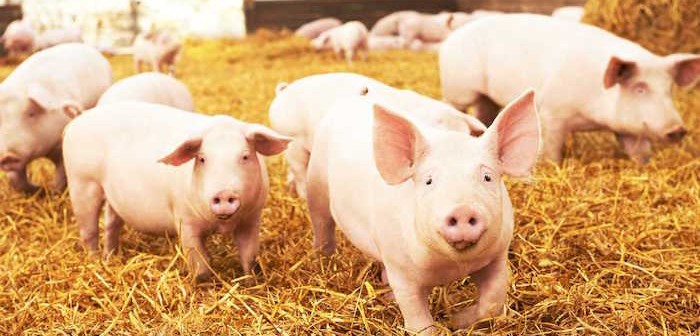The UK Health Security Agency (UKHSA) has detected a single confirmed human case of an influenza strain that is currently circulating in pigs in the UK
This is the first detection of Influenza A(H1N2)v in a human in the UK. The individual concerned in North Yorkshire experienced a mild illness and has fully recovered. The source of their infection has not yet been ascertained and remains under investigation.
Close contacts of the case are being followed up by UKHSA and partner organisations. Any contacts will be offered testing as necessary and advised on any necessary further care if they have symptoms or test positive.
UKHSA said people with any respiratory symptoms should continue to follow the existing guidance; avoid contact with other people while symptoms persist, particularly if the people they are coming into contact with are elderly or have existing medical conditions.
The case was detected as part of routine national flu surveillance undertaken by UKHSA and the Royal College of General Practitioners (RCGP). The individual was tested by their GP after experiencing respiratory symptoms. Influenza A(H1N2)v virus was detected by UKHSA using polymerase chain reaction (PCR) testing and characterised using genome sequencing.
This is not the first time a swine flu virus has been found in humans, although cases are rare. Chief Veterinary Officer, Christine Middlemiss, said: “We know that some diseases of animals can be transferred to humans – which is why high standards of animal health, welfare and biosecurity are so important.
“Through our animal and human surveillance systems we work together to protect everyone. In this case we are providing specialist veterinary and scientific knowledge to support the UKHSA investigation. Pig keepers must also report any suspicion of swine flu in their herds to their local vet immediately.”
Monitoring situation
UKHSA said it was monitoring the situation closely and is taking steps to increase surveillance within existing programmes involving GP surgeries and hospitals in parts of North Yorkshire. Those people who are contacted and asked to test are encouraged to do so.
Meera Chand, Incident Director at UKHSA, said: “It is thanks to routine flu surveillance and genome sequencing that we have been able to detect this virus. This is the first time we have detected this virus in humans in the UK, though it is very similar to viruses that have been detected in pigs.
“We are working rapidly to trace close contacts and reduce any potential spread. In accordance with established protocols, investigations are underway to learn how the individual acquired the infection and to assess whether there are any further associated cases.”
Influenza viruses – background
- Influenza A(H1) viruses are enzootic in swine populations in most regions of the world. When an influenza virus that normally circulates in swine is detected in a person, it is called a ‘variant influenza virus’.
- H1N1, H1N2 and H3N2 are major subtypes of swine influenza A viruses in pigs and occasionally infect humans, usually after direct or indirect exposure to pigs or contaminated environments.
- There have been a total of 50 human cases of influenza A(H1N2)v reported globally since 2005; none of them related genetically to this strain. Influenza A(H1N2)v has not previously been detected in humans in the UK. Human infections with swine influenza viruses occur sporadically.
- Based on early information, the infection detected in the UK is a distinct clade (1b.1.1), which is different from recent human cases of influenza A(H1N2) elsewhere in the world but is similar to viruses in UK swine.
- In 2009, there was a pandemic in humans caused by an influenza virus (influenza A H1N1(pdm09)) commonly referred to as ‘swine flu’. That virus contained genetic material from viruses that were circulating in pigs, birds and humans in the 1990s and 2000s.
- Influenza A H1N1(pdm09) is now circulating in humans seasonally and is no longer referred to as swine flu. It is distinct from the viruses currently circulating in pigs.




